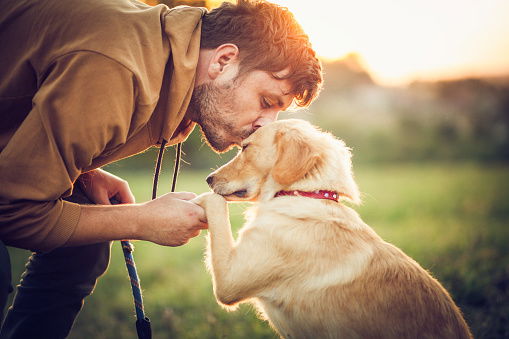Tips For Dog Training

Training your dog involves using antecedents, consequences, and environmental events to modify its behavior. These events can include physical or psychological stimuli, activities, and tasks common in contemporary domestic life. The results can be profound, and your dog will enjoy the attention and companionship of your household. The best way to start dog training is to understand what motivates your dog's behavior and how to change it accordingly. Fortunately, there are many tips for dog training available. During training, make sure to use your dog's name appropriately. Many dogs only respond to their name in certain contexts, so be sure to use it only when you're comfortable doing so.
Don't use its name too often, or it'll think it's doing something wrong. Use it sparingly, and be sure to pair it with a treat. If your dog isn't responding to your call, try using a treat instead. While searching for a dog trainer, it's important to remember that no single method works for every dog. The best way to pick the right one is to ask several friends, neighbors, and other dog owners who have had positive experiences with dog trainers. It's also important to check whether the trainer is certified. Having a professional trainer who is certified and familiar with your dog's needs is a great start. If you're unsure, visit your vet for referrals. Learn more about dogs at https://en.wikipedia.org/wiki/Boarding. K-9 Culture Clicker training is another method. By using the unique sound of a clicker, the dog learns to associate a particular behavior with a specific treat. With this technique, you can shape your dog's simple tasks into complex ones.
The technique is widely used among professional trainers, but it's not ideal for curbing unwanted behaviors. When combined with other training methods, however, it can be incredibly effective. Once your dog has been trained using a clicker, it will respond positively to all types of treats. In addition to basic obedience training, dog training classes can help your dog socialize and learn to listen to you when you're not around. Group classes help your dog become more social and more attentive in situations when its owner's attention is needed elsewhere. The instructors at group classes usually work in small groups and have between five to ten dog-owner pairs. Small-size classes are beneficial for this because it means more attention is paid to each dog, and they can be more effective with a large group. Make sure to learn more here! Aside from obedience exercises, all dogs should participate in some type of daily activity.
Dogs need exercise to maintain their mental and physical well-being. Basic obedience commands are crucial for a well-behaved dog, but advanced training can also challenge the dog's mind and body. As long as you exercise your dog regularly, it will be happier and more likely to obey your commands. So, while you're training your dog, don't let the word "tie" confuse you. The truth is that tired dogs are more likely to obey you. In science-based dog training, you reward desired behaviors with praise and treats.
Instead of punishing bad behavior with harsh reprimands and physical punishment, you reward your dog with a treat when it performs the desired behavior. This will reinforce positive behavior and make it more likely to continue it in the future. This is also an excellent approach for preventing destructive behavior in dogs, but it may not work for every situation. The best results come from following a scientifically-based dog training program.
